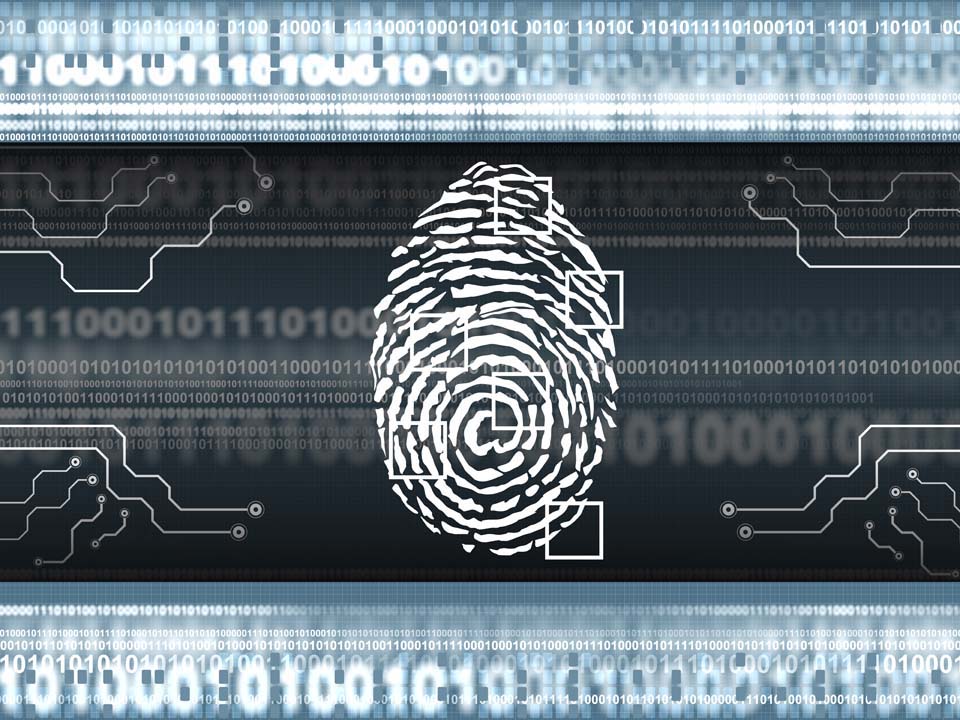Anyone who banks online will be familiar with the need to log into their bank account, not only with a password, but using a secondary device that generates a new PIN code every time you log in. This may be irritating when we hunt for the PIN generator hidden in a drawer, but we all understand the need to keep our personal bank accounts secure. This process, called multi-factor authentication, is slowly being adopted by businesses, and whilst it may be annoying, in the face of increasing hacking and fraud attempts, it is a process that we are going to have get used to in the workplace.
Multi-factor authentication (also known as MFA or 2FA) is a way of confirming a user’s identity by utilising a combination of two or more different unique identification mechanisms. Typically, MFA mechanisms fall into at least two of the following categories: Something you know, eg a password or PIN; something you possess, eg a smartcard, token or phone app; or increasingly, something that is uniquely part of you, eg a fingerprint or iris recognition.
By enabling MFA, banks are adding an extra layer of security to your account. Alongside your password, the PIN generator device increases the security of your account and helps prevent unauthorised access and potential fraud or theft. Your username and password might be stolen electronically but without your physical PIN generator, fraudsters can’t access your account.
In business, security breaches can have a major impact on brand reputation, erode customer trust and cost significant amounts of time and money. The recent UK Government study on security breaches found that the average cost of a data breach for businesses was two days of time and £3,1001, and with the introduction of GDPR legislation recently, the need for extra vigilance to maintain data integrity and reduce the potential for data breaches has become even more important.
One frequent complaint from users is the extra time required to use MFA. Using a password is much quicker than having to type a password and then dig out a hardware token as well. Hopefully, the potential consequences are enough to justify the increased admin burden on the employee: Over four in ten businesses (43%) and two in ten charities (19%) have experienced cyber security breaches or attacks in the last 12 months.1 There are also new solutions available for improving the usability of MFA and reducing the time taken to access the account, such as push notifications to a smart phone.
MFA implementation across businesses has been slow due to the perceived hassle and cost, but is slowly gaining traction as businesses look to secure their data against hackers and manage their risk. Businesses running hosted desktops are specifically vulnerable to the sorts of threats that MFA is designed to protect against. The ability to access business data and applications from anywhere means compromised passwords may allow attackers to do the same. Orca has extensive experience of delivering secure hosted desktops with in-built MFA. Find out how secure access to your data and applications from any location can help your business. Or contact us

